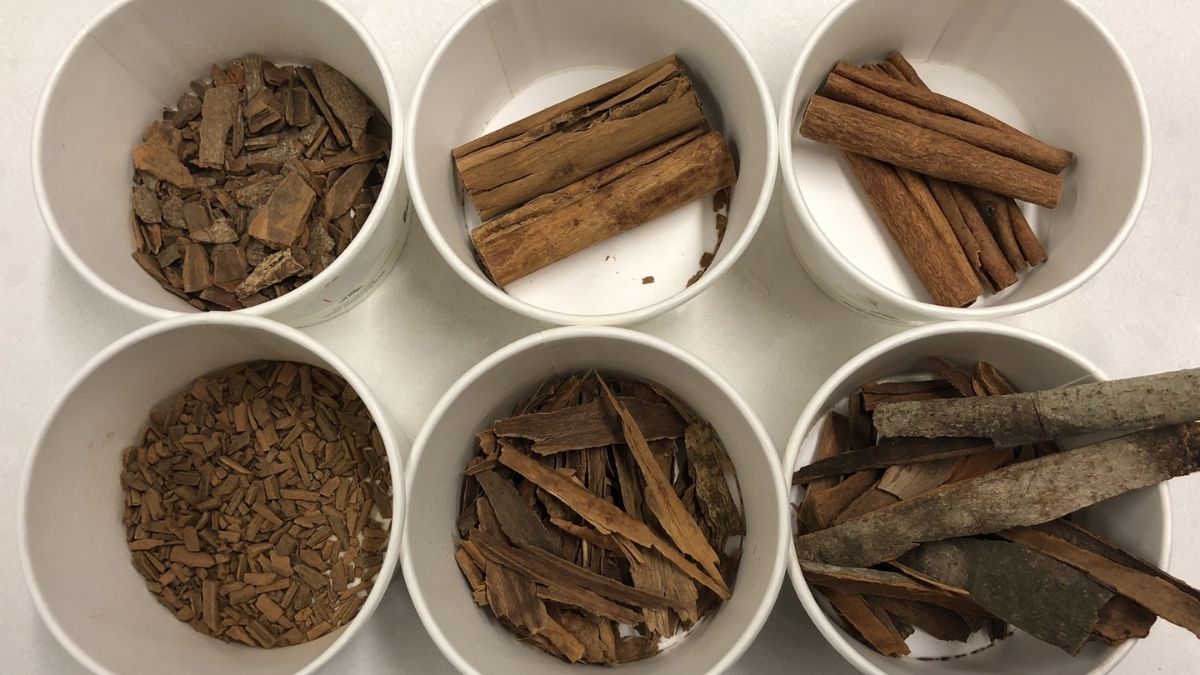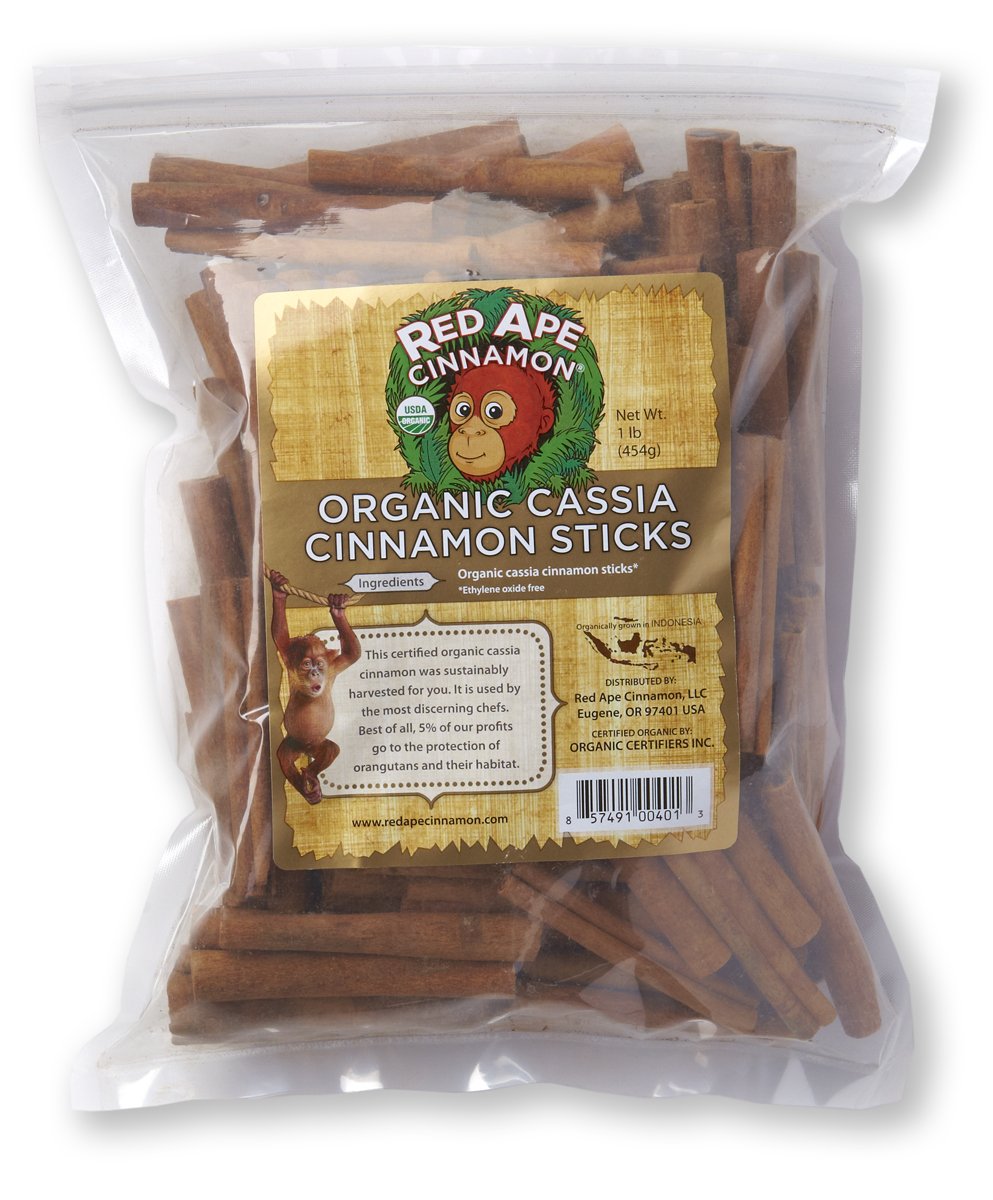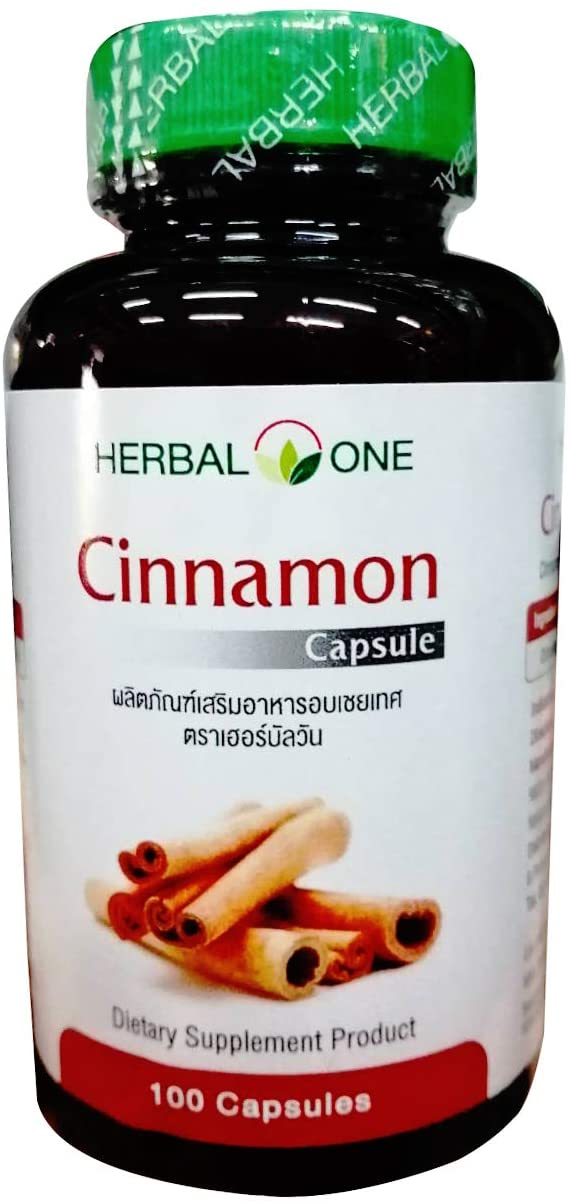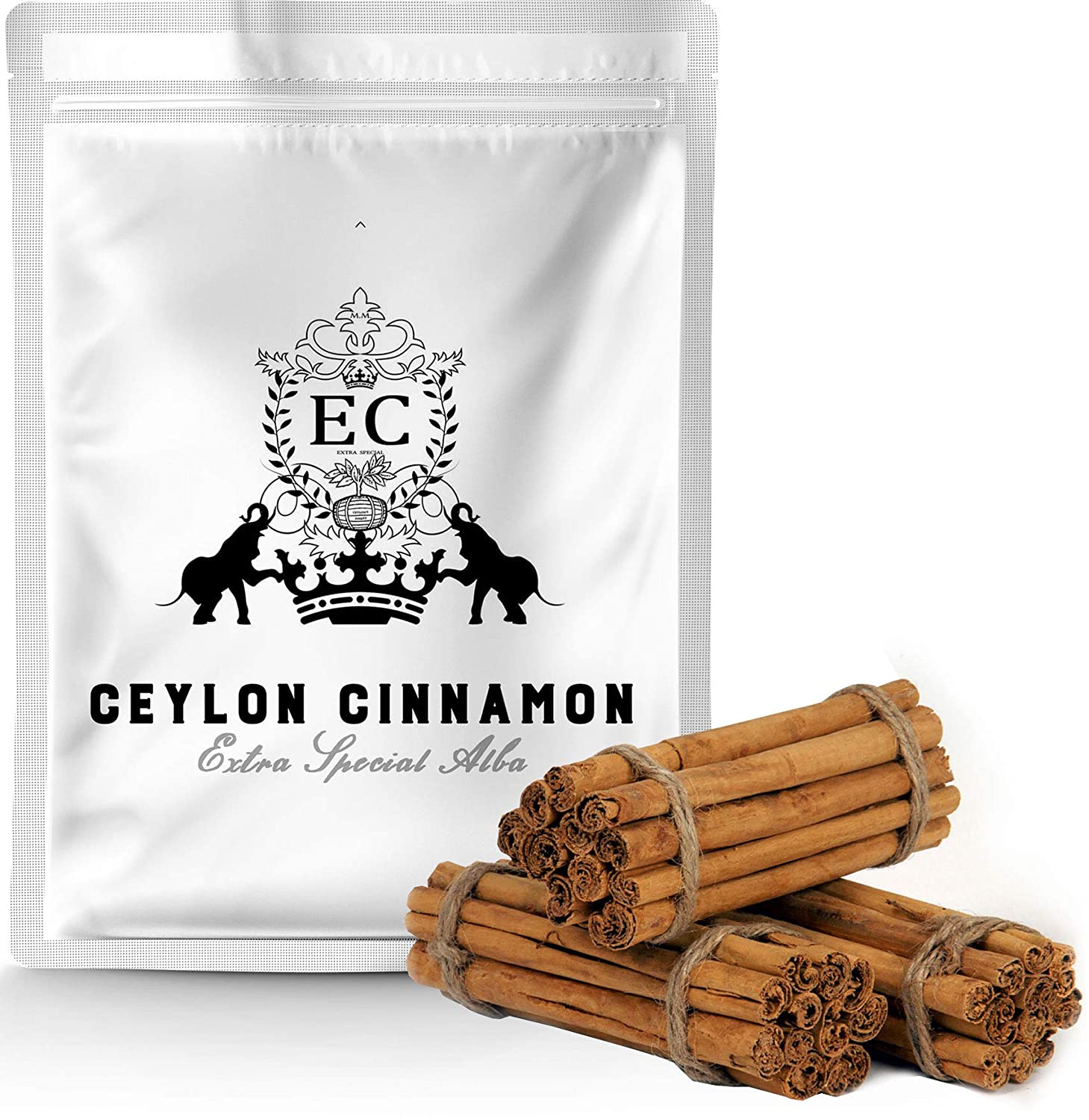Cinnamon is a fragrant spice with a warm, sweet flavor commonly used in baked products, curries, and desserts. It’s usually sold in little rolls of bark or as a powder, but it may also be distilled into an essential oil used in cuisine, liqueur, perfume, and even pharmaceuticals. For thousands of years, cinnamon has been cherished for its flavor and aroma, and it was regarded as a rare and valuable delicacy throughout the ancient world.
It was used in ancient Egypt to embalm mummies and is listed in the Old Testament as a component of sacred anointing oil. Cinnamon is one of the most widely used spices globally, adding a spicy-sweet flavor to various sweet and savory meals. Whole cinnamon sticks, ground cinnamon powder, and cinnamon essence can be found in the spice aisle.
What is Cinnamon?
Cinnamon is a spice made from the inner bark of the tropical Cinnamomum tree (also known as the cinnamon tree) and sold as rolled quills (cinnamon sticks) or powder. The phloem layer, or cinnamon bark, can be taken from either the trunk or the outside branches, with cinnamon from the trunk being more expensive. Cinnamon includes several aromatic chemicals, the most well-known of which is cinnamaldehyde, responsible for cinnamon’s spicy flavor.
What Are the Types of Cinnamon?
4 Different Types of Cinnamon
There are several different species of the genus Cinnamomum sold for culinary use, including:
Cinnamomum Cassia
Cassia cinnamon, also known as Chinese cinnamon, is the most popular kind in East Asia and the United States, with dark, thick, and gritty quills in a double-spiral pattern with a bittersweet, burning-spicy flavor due to high cinnamaldehyde levels. Cassia is one of the more intense cinnamon kinds due to its high essential-oil concentration.
Cinnamomum Loureiro
Vietnamese cinnamon, also known as Saigon, is frequently confused with cassia cinnamon. The two species are more closely related than other cinnamon kinds, but they are still distinct species. All cinnamon cultivars may have the highest levels of cinnamaldehyde and coumarin (a taste component also present in tonka beans). Cinnamomum Loureiro enhances the flavor of pho and other Vietnamese soups.
Cinnamomum burmannii
Indonesian cinnamon (also known as Indonesian cinnamon): Indonesian cinnamon is milder in flavor than cassia or Vietnamese cinnamon, but it lacks the eugenol found in Ceylon cinnamon. It has thick red-brown quills on the surface and gray-brown quills on the interior. Beef rendang contains Indonesian cinnamon.
Cinnamomum Verum
Cinnamomum zeylanicum, also known as Ceylon cinnamon or natural cinnamon: Ceylon cinnamon quills are thin, brittle, and smooth, with a single spiral tan on the exterior and dark red-brown on the interior, and are native to Sri Lanka and widespread throughout South Asia and Mexico. It has a more delicate flavor than cassia cinnamon, with less cinnamaldehyde and more floral and clove-like characteristics than cassia cinnamon (from linalool and eugenol, respectively). Mexican cuisine like Arroz con Leche and carnitas benefit from Ceylon cinnamon.
What Are the Health Benefits of Cinnamon?
Cinnamon has been used to cure everything from bronchitis to heart disease for thousands of years, but the clear health advantages are still unknown. Claims that cinnamon helps lower blood sugar levels, lower glucose, and cholesterol levels, improve blood pressure, and drive weight reduction in persons with type 2 diabetes are currently unsupported by scientific evidence.
On the other hand, Cinnamon has antibacterial and antifungal properties, so it’s commonly used in dental hygiene products and sold as a supplement. It’s also high in antioxidants, which counteract the harmful effects of free radicals (reactive atoms that can damage cells). Cinnamon is being studied for its ability to fight Alzheimer’s disease and reduce symptoms of irritable bowel syndrome and colon cancer due to its anti-inflammatory properties.
What are the Uses of Cinnamon?
Here are some uses of cinnamon
- Change up your hot cup of tea by adding a pinch of cinnamon.
- Try a different kind of meat flavoring. Combine some cinnamon with your favorite spice rub.
- Sprinkle it on some baked vegetables or fruit. You can use cinnamon on more than apples and sweet potatoes.
- Stir it into pudding or other desserts. Enjoy the health benefits of cinnamon by combining it with those sweet desserts.
- Add to apple cider for a warm fall feeling. The extra cinnamon spice creates a more intense flavor.
- Add a new flavor to your favorite curry recipe.
- Mix in a few teaspoons to your favorite hot oatmeal or cold cereal.
- Chew cinnamon-flavored gum or smell fresh cinnamon to stimulate brain function.
- Spice up pancake batter by using a teaspoon or two of cinnamon.
- Combine a few teaspoons of cinnamon with peanut butter and enjoy with celery sticks.
- Shake a bit of cinnamon into your morning smoothie to give it some extra spice.
- Combine cinnamon with honey and raw coat nuts. Then roast in the oven for a crunchy, sweet & spicy treat.
- Awaken your morning coffee by adding a pinch of cinnamon to it.
What does Cinnamon Taste Like?
Cinnamon has a sweet and woody flavor with a subtle lemony touch, and its spicy flavor is often compared to cloves’ strong punch. Aside from texture, there’s no difference in flavor between ground cinnamon and cinnamon sticks; it’s how they’re used that differs.
Cinnamon is a spicy, aromatic, and bitter spice that is robust and warming. Although it isn’t lovely, the lack of tartness creates a sweet sensation. If you’ve tried nutmeg, you’re familiar with the flavor of cinnamon. However, cinnamon is the “sweeter” spice. Cinnamon is available as a stick or powder. Cinnamon sticks are hotter and have a cleaner, woodier flavor, while freshly ground cinnamon has these qualities.
Are Ceylon and Cassia Both Beneficial to Diabetics?
Cinnamon has long been recognized for its medicinal benefits. It’s been stated, in particular, that it helps with blood sugar regulation, which is crucial for people with diabetes. Ceylon powder, administered as a supplement, showed encouraging benefits in a review of 16 prior research on diabetes management.
It has been shown in animal and laboratory tests to lower blood sugar spikes, improve insulin sensitivity, and improve metabolic indicators linked to insulin resistance. Unfortunately, no human trials have been conducted to determine Ceylon cinnamon supplements’ efficacy or proper dosage.
On the other hand, Cassia has been utilized in some human investigations, both with and without type 2 diabetes. Within a few months of using them, most of them had significant reductions in fasting blood sugar levels . Cassia was usually taken in doses of 1–6 grams per day, and it had very few, if any, side effects.
Conclusion
Cinnamon is one of the world’s oldest and most popular spices, and it can be found in nearly every country’s cuisine. On the Indian subcontinent, it’s used to flavor curries, while in the Middle East, it’s used to flavor savory chicken and lamb meals, and in Mexico, it’s used to flavor chocolate and yams. It’s popular in baked products like cinnamon rolls and cookies, hearty pies, crumbles, and cobblers with apples and pears. Its warm, soothing flavor makes it popular in dishes like pumpkin pie, spiced lattes, and mulled wine during the winter months, but it can be used in many recipes, from soups and stews to morning cereals and alcoholic beverages.
Cinnamon is a beautiful source of several vital nutrients low in saturated fat, cholesterol, and sodium. One tablespoon of ground cinnamon supplies around 16 percent of your daily dietary fiber requirement and 68 percent of your manganese need. It also contains a lot of Vitamin K, Calcium, and Iron. Its antibacterial characteristics are also recognized, making it an excellent natural preservative. Small doses of cinnamon have been discovered to significantly limit the growth of hazardous bacteria, which scientists believe is due to an active component known as cinnamaldehyde. This could be especially useful in the food and cosmetics industries, where synthetic preservatives like methylparaben have been linked to allergies.






